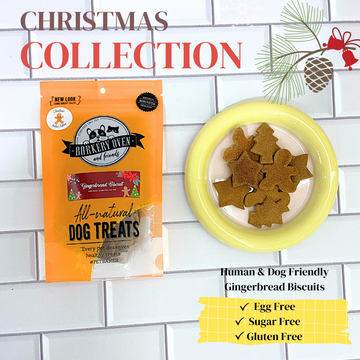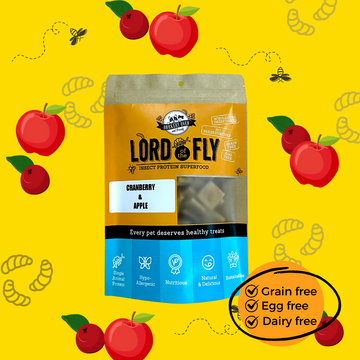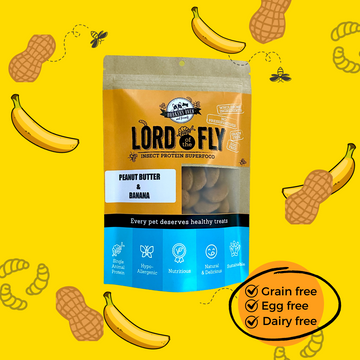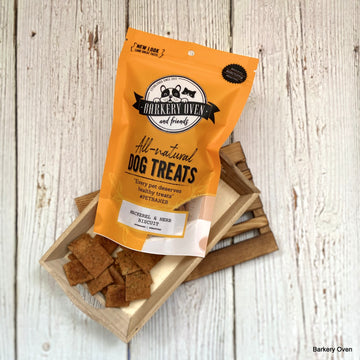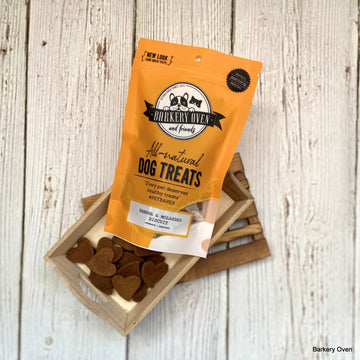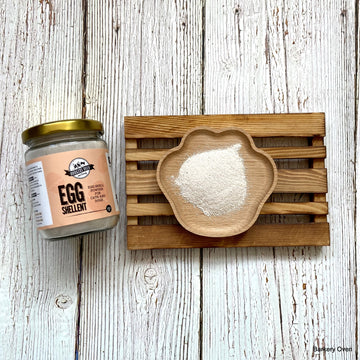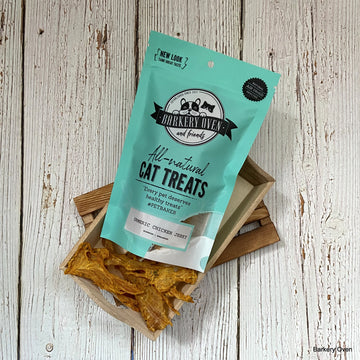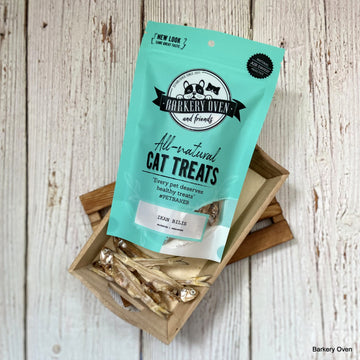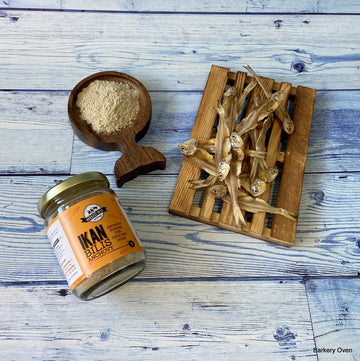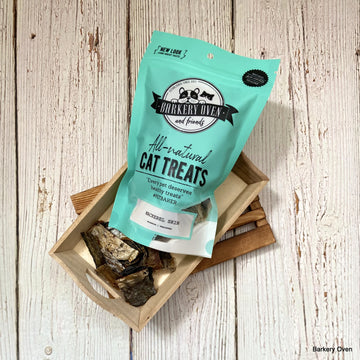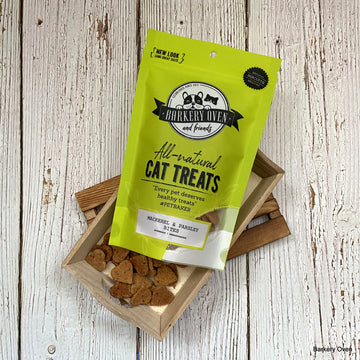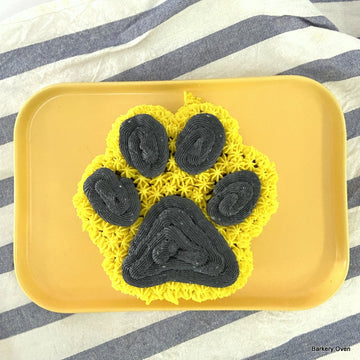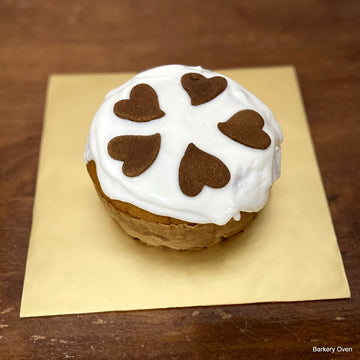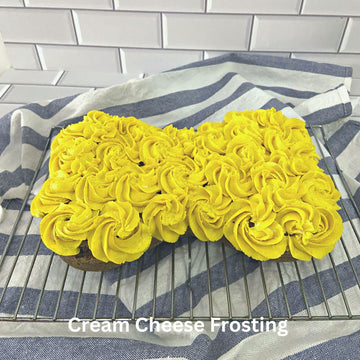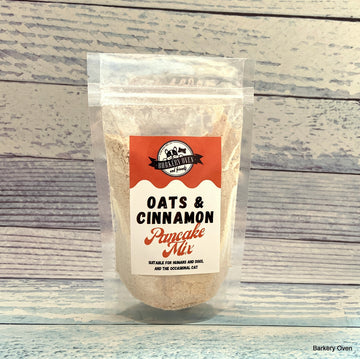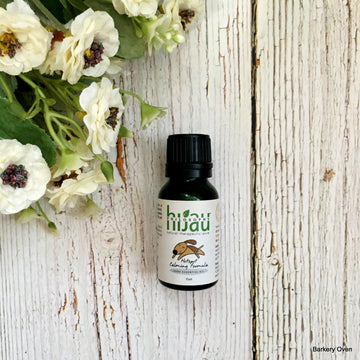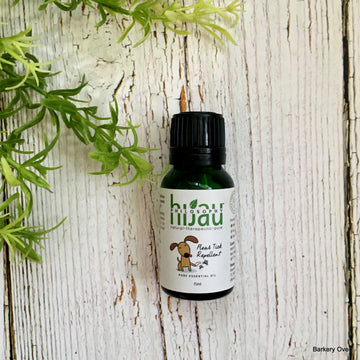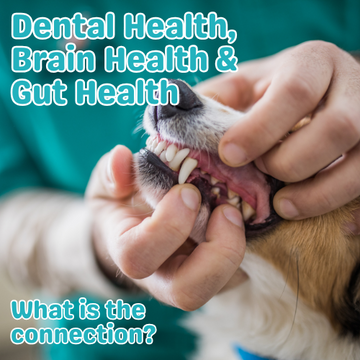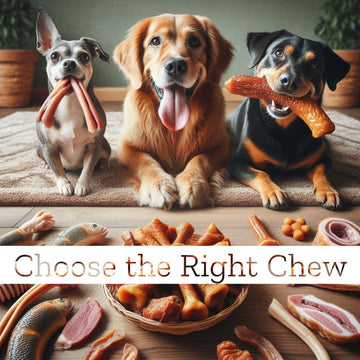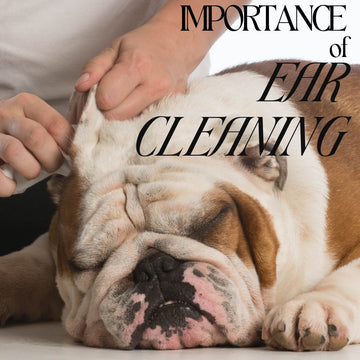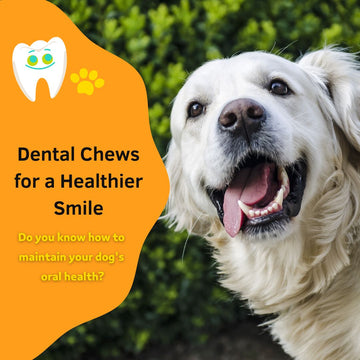It is a common question for most dog parents if it is safe and/or healthy to give your dog peanut butter.
In actuality, many peanut butters are safe for most healthy dogs, and it is commonly used to give dogs their medications or serve as a dog’s training and playtime treats.
That said, it is always advisable to check with your vet first whether your dog should be allowed to consume peanut butter.
At the same time, as dog owners, we ought to understand there is a difference between feeding human food and human grade food. So, should dogs eat peanut butter? They should not be given peanut butter IF it is made for the human palate because it is full of sugar and/or salt and emulsifier and flavour enhancers.
However, if you do want to feed your dogs peanut butter, ensure that the peanut butter is made with human grade dry roasted nuts that do not contain sugar and salt. Do also be mindful with those peanut butters that are “sugar-free” as the sugar is often replaced with substitute such as xylitol or erythritol, of which are toxic to dogs.
Hence, the most important thing to look out for when you’re feeding your dogs peanut butter is to read the ingredients labels to know what’s in it.
If you’re looking to purchase peanut butter that is safe for your dogs to consume, you may find purchase it here.
Meanwhile, we as dog owners should also take note that peanut butter is high in calories and fat. That said, we must limit how much we feed our dogs peanut butter.
Quantity always depends on the size of the dog and how often it should be given. For a small dog, it can be given 1 to 2 teaspoons once or twice a week. For a large dog, it can have up to 3 teaspoons once or twice a week. That said, the saying of all good things in moderation definitely applies here as we would not want to fatten up our dogs.
How then should we give our dogs peanut butter? Well, it can be used as a treat, a food topper for fussy dogs or even to mask or add flavour to a certain food that you know is good for the dog that they won’t eat it on its own.
A good example would be Greek yogurt, as from my own experience, my dogs will not eat Greek yogurt by itself, so I often add some peanut butter into it to make the taste better. This is my favourite way of incorporating peanut butter into my dogs’ diet – mixing it with Greek yogurt and turning it into a sundae or a yogurt ice-cream.
I do have a peanut butter recipe on making a no-bake peanut butter Energy Ball, you may find the recipe here.
At the same time, do bear in mind that like some of us who may be allergic to nuts, our dogs can be allergic to them as well. And if your dog is allergic, the usual signs of allergies would include itchy skin, hair loss, excessively greasy hair coat, inflamed skin or diarrhea.
Also do keep in mind that if a household member is allergic to peanut butter, your dog’s mouth and breath may transfer the allergen to them or around the house.
And if you would like to learn how to make peanut butter treats for your dogs, click here where I recently did a livestream with Paws fur Life on how to make peanut butter ice cream and peanut butter energy balls that both you and your dogs can enjoy.

